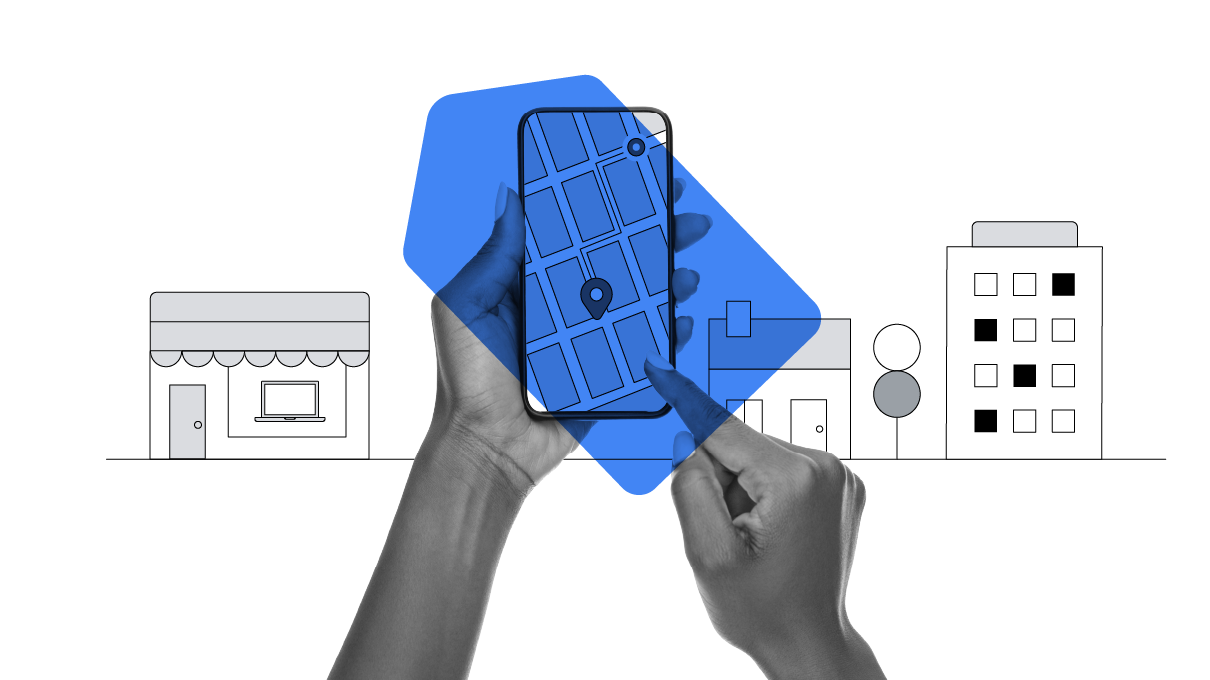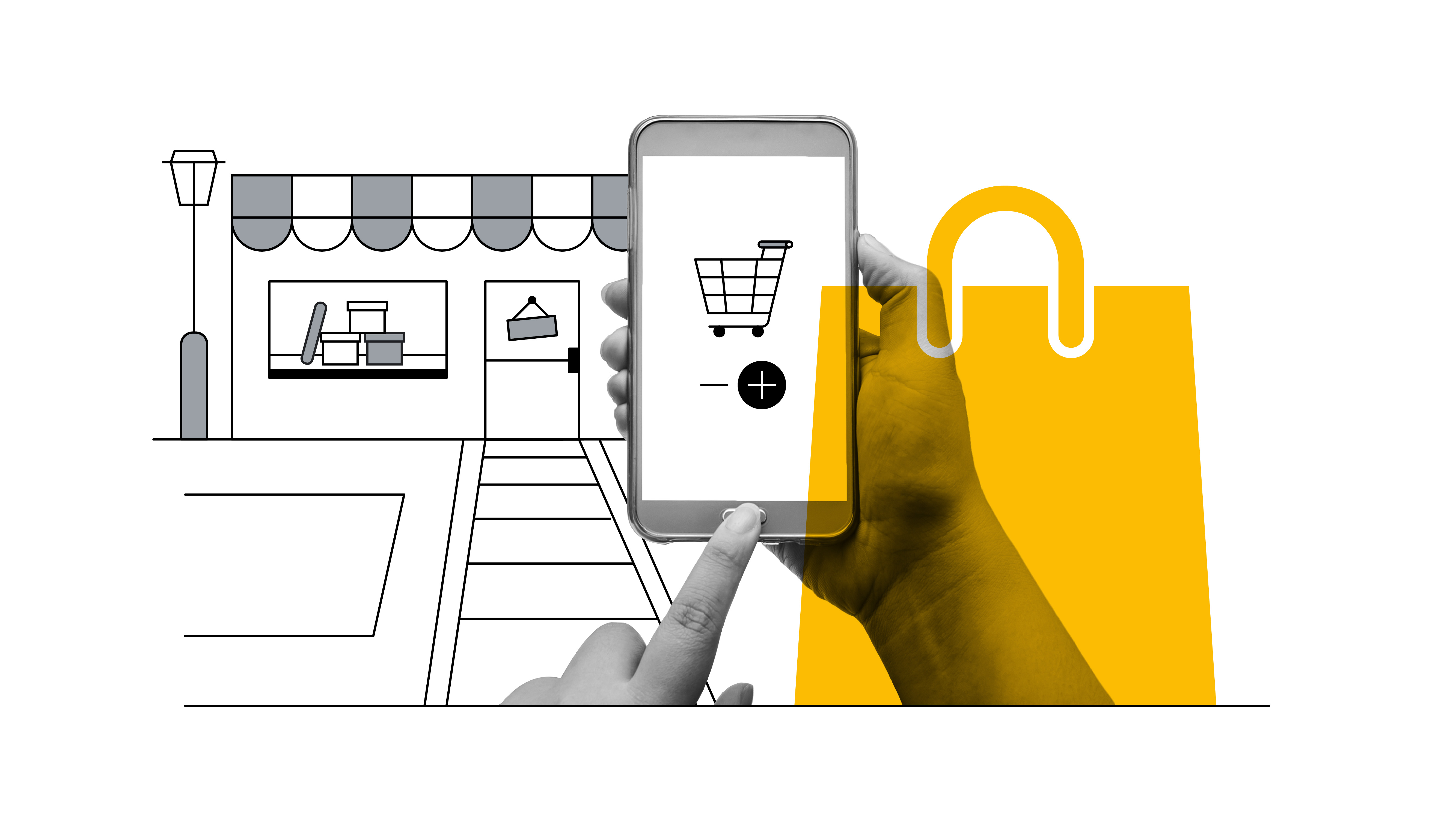As we emerge from this pandemic, our collective mindset has shifted. We’ve reexamined and reconsidered many areas of our lives. So it’s only natural to expect that people will be taking a new approach to their purchasing. We recently conducted research to understand how the purchasing journey has changed around the world, particularly in the realms of travel, finance, and retail. We asked consumers about their current behaviours and possible future shopping habits.
What is immediately clear is that the pandemic has reinforced what brands and retailers should continue to focus on: enabling their customers to shop when they want, how they want, and where they want, all the while providing a pleasant and frictionless experience.
Structure your teams and budgets to be omnichannel
Search is crucial across all regions and categories. Online reviews are important. And more people are actually purchasing online. But with a 27.6% worldwide rise in e-commerce, that doesn’t mean that offline touchpoints have been made obsolete.
For example, while we see on average a 56% increase in people saying they will buy CPG products online in the future, the majority (66%) still plan to shop in-store.1 And in areas of personal finance (banking, credit cards, insurance), over 70% of people still consider talking to a live customer service representative highly useful.2
Pay attention to pain points
Regardless of shopping method, brands will need to provide support throughout the entire consumer journey and remove hurdles along the way. Over 25% of consumers across the markets and industries we researched report pain points like availability, payment issues, and customer support.3
By addressing barriers and providing superior post-purchase support, brands and retailers have an opportunity to provide additional value to consumers.
Invest in your own website or app
Across multiple categories, brand/retailer websites or apps are among the stickiest of touchpoints throughout the journey. And considering that many people made an online transaction for the first time during the pandemic, it is now more important than ever to deliver an excellent online experience.





